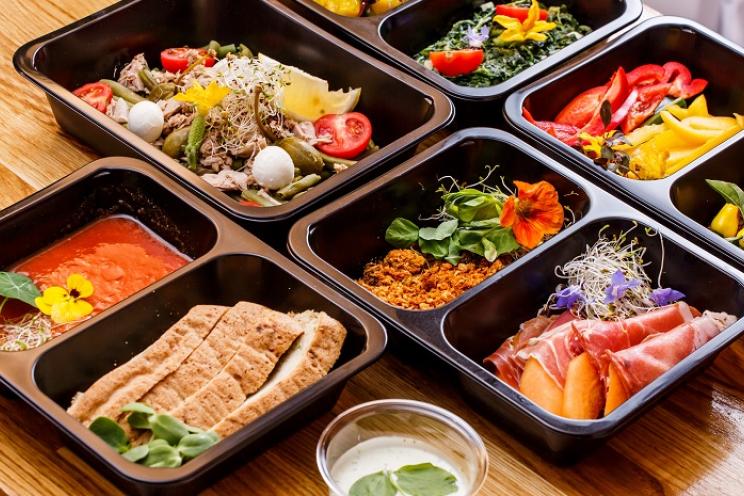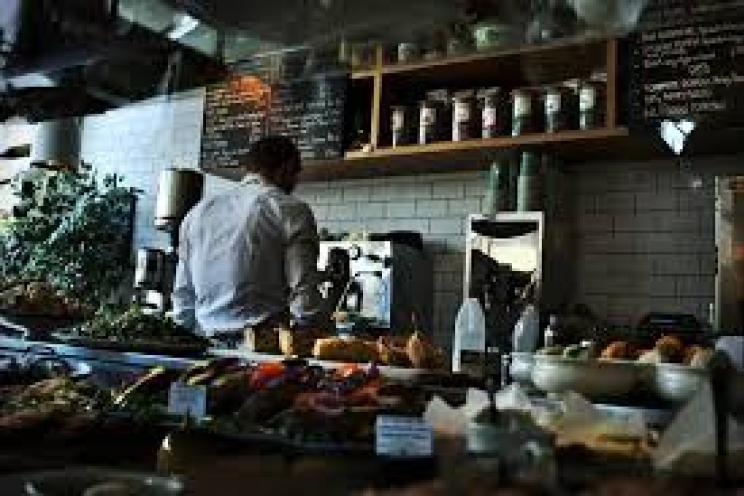
Tips' structures and methods to follow at restaurants
Tipping has existed for as long as the hospitality sector existed. You enter a restaurant and when you have to pay the check, you leave a certain amount of money as cash or in credit card as a way to show gratitude for the person serving you.
Tips also make up for the minimum wage given to waiters and servers at restaurants.
The history of tipping began with wealthy Americans who discovered the concept themselves in the 1850s and 1860s when traveling to Europe. They noticed this “gratitude money” ensures a better and faster service. Americans brought back this concept to their country to demonstrate aristocracy.
The word tip is said to be an acronym for “To Insure Promptitude”. Although it’s not mandatory in all countries but it’s usually expected.
Tipping structure is usually controversial and a cause of concern for restaurant operators because it might provoke conflicts among staff especially back of the house and front of the house.
In many countries and specifically in the USA, restaurant owners use tipped minimum wages meaning that the tip would compensate for the low wages to reach the minimum wage depending on each state regulations where restaurant owners have to pay their employees the difference between the minimum wage and the earned tipped minimum wage received.
Factors to consider when creating your tipping structure at restaurants
Type of restaurant
Employees
Fairness
Wages
Who is eligible get the tips?
How do tips encourage a better service?
Different types and policies of tips at restaurants
Tips paid to those who serve the table and collect
This is the oldest and most common form of tips and it’s a straightforward tipping method that leaves cash for the servers.
In this case, waiters benefit from the tip to themselves so they feel more motivated to provide better customer service and they would be more encouraged to grow their skills and their knowledge in the menu served and up-selling techniques.
Servers who receive lower tips will be encouraged to increase their wages by working faster and providing an exquisite customer service especially that tips give an immediate feedback of waiters' performance boosting their self-esteem when receiving a good tip amount.
The downturn of this method is the possible increased wage gap among different servers and other staff like the kitchen employees. This discrepancy might eliminate team work and add pressure on both employees and restaurant operators.
Even tip distribution
Tip pooling refers to sharing or distributing tips received among qualified employees (waiters, bartenders…).
You might notice that in coffee shops and quick service restaurants, a tip jar is placed beside the counter. At the end of the day, the money collected is evenly split among the staff.
This way, teamwork and a sense of cooperation is created among employees who won’t have the urge to compete as much.
On the other hand, employees who work harder than the others might feel that they are being treated unfairly because they are earning less tips.
Tip pooling among front of house and back of house staff
Certain restaurants prefer to have a shared tip policy among tipped and untipped staff meaning that kitchen staff for instance cooks and dish washers will receive a part of the tips collected even if they don’t directly receive the tips.
While it increases kitchen staff retention and motivates them to create consistent quality platters promptly, it might discourage FOH employees because their tip is shared among more employees and hence decreased.
Percentage based tips
Percentage tip-out is a fair tipping policy that keeps a higher percentage of tips to qualified staff like the bartenders and servers while it gives back of house staff a smaller percentage.
For example, if a server receives a $50 tip at the end of his shift, this tip would be distributed among different staff according to a set percentage:
75% to the server
10% for the bartender if any
10% for kitchen staff (cooks, dish washers…)
5% for food runners
You need to decide though whether this percentage tip-out is calculated from each server’s tip separately or from the total tips collected.
Tips based on total hours worked
Employees work different working hours meaning that it would be unfair to allocate the same tip amount for everyone. Rather, tip-outs can be distributed depending on working hours for each employee.
To get the amount of tip based on the working hours, divide the total tips received by the number of total hours of all the employees, then multiply it by the number of working hours for each employee.
Total tips: $500
Total working hours: 25
Employee X working hours: 15
Employee Y working hours: 10
Tip for employee X: 500/25 * 15 = $300
Tip for employee Y: 500/25 * 10 = $200
Having a POS software that manages employee time and attendance will make this procedure easier with a more systematic schedule.
Points system
Similar to the percentage based tip-outs, you might have a points’ system for tipping employees depending on different positions within the restaurant. Normally, waiters receive the highest points followed by bartenders then runners.
Waiters: 25 points
Bartenders: 15 points
Food runners: 10 points
The value of each point is obtained when you divide the total amount of tips on the total number of points.
If the tips are $500, the value of each point would be 500/ (25+15+10) = 500/50 = 10.
Then you multiply the obtained number by the number of points allocated for each employee.
Waiters will receive 25 * 10 = $250
Bartenders will receive 15 * 10 = $150
Food runners will receive 10 * 10 = $100
You should decide on the structure that most suits your restaurant type and concept and at the same time maintain your employees rights to get tips according to the efficiency of their performance to avoid a higher turnover rate.





